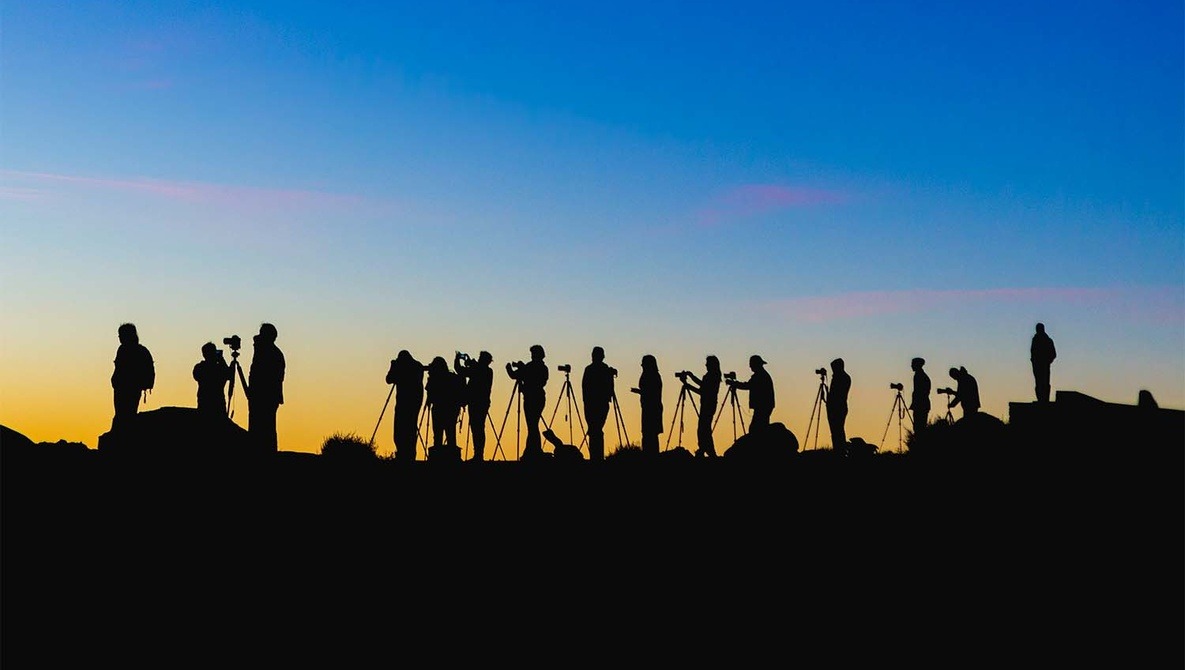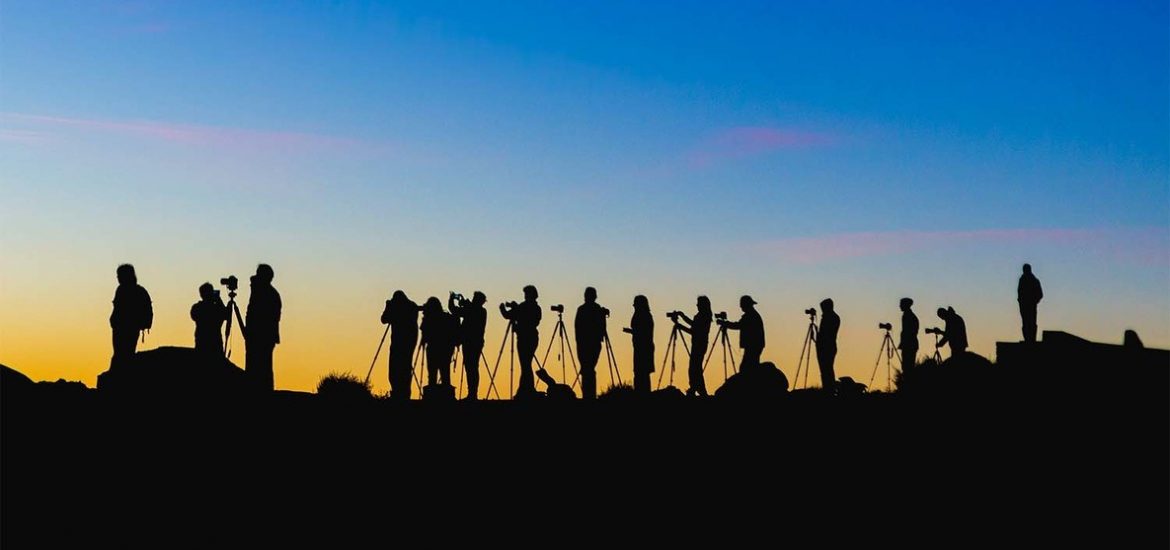
The idea of commercial use permits is ubiquitous in nearly every country. If you want to perform a commercial activity in a public space, you need permission, and probably a fee, to do so.
The photography industry is no exception, including photo workshops. All workshop providers that teach on-location photography will have a permit that enables them to conduct business in public spaces (where required). Getting those permits is a little more involved and laborious than you may think. But hopefully, after reading this you’ll get a better understanding of how the system works, and how hard that photographer worked to obtain permission to share with you their passion for photography.
Here in the United States, there are six main entities that control access to these permits depending on where a workshop takes place. Parks Services (National, State, County, and City), Bureau of Land Management (BLM), and the United States Forest Service (USFS) oversee roughly 40% of the total land in the United States. Think about that! That’s nearly the entirety of the Western United States, everything west of Montana to New Mexico (including Alaska).
A permit is required from one of these entities for every park, protected, or managed area a workshop stops to photograph. Doesn’t sound that complicated, right? Follow the requirements to get one and pay a fee. However, this isn’t an online registry like the DMV where you can upload your particulars, pay, and get your registration. Every permit has to be obtained manually by starting a correspondence with the overseeing entity. Every single National Park has its own permit requirements and fees (there are 423 sites in the US). Every BLM office has its own permit requirements and fees (there are 53 districts with additional field offices). Every Forest Service office has its own permit requirements and fees (there are nine regions in the US, every region has dozens of offices). You get my point, and we only covered national sites.
In the canyon country near Moab Utah, up to four different permits may be required, depending on the location. If there was a workshop that went to Mesa Arch, Delicate Arch, Dead Horse Point, House on Fire, and Sego Canyon, it would require permits from Arches & Canyonlands National Parks (thankfully they are run by the same entity), Dead Horse Point State Park, and the Moab or Monticello BLM field office.
Remember that every single one of these permits will likely have different requirements to obtain. Most only require proof of liability insurance, First Aid or CPR card, a fee, and a usage report. Some require detailed financial information about the business, workshop, or both, deposits, surety bonds, or even separate permits or certifications.
The Columbia River Gorge has many incredible waterfalls that might be included in a photography workshop. In Oregon, some waterfalls are overseen by the State Parks Service, and some are overseen by the US Forest Service. The Oregon State Parks permitting requirements for photographic workshops are very standard; proof of insurance and First Aid cards, some paperwork, and a fee. For the US Forest Service, (circa 2019) the requirement was to first obtain a special outfitter and guiding license as a prerequisite to the application for a permit to conduct photo workshops for waterfalls in National Forest Boundaries.
So you might be able to see that there’s a lot to consider when deciding on what to include in a workshop. It might be cost-prohibitive for some workshops to obtain permits for all the places they want to include. Especially if that workshop only runs once or twice a year.
In the San Francisco Bay Area, a staggering amount of popular sights are under the protection of the Golden Gate National Recreation Area. This includes sites from Half Moon Bay to Point Reyes. Getting a permit to operate in this area (circa 2019) costs $50 per location, per workshop, with some areas unavailable for permitting on weekends. If a photographer or company hosted one workshop a month, and photographed five spots per workshop, that would total $3,000 a year. That’s nearly three times the cost of the required liability insurance.
The most visited National Parks naturally get the most funding, their logistics and operations personnel are much easier to work with due to their experience, and the permitting process is very streamlined.
But as smooth as it is to work with the National Park Service most of the time, they aren’t immune to making things difficult. In 2018 Fstoppers reported on when Zion National Park officials banned commercial groups from using tripods in the entire park, except for paved areas and pullouts. They later amended that decision and added access to a major trail, but tripods in the popular narrows hike were banned for commercial groups until the next year. Thankfully due to the concern of photographers and the reporting of the community, Zion officials had an open discourse with permit holders and reached a solution that was at least more amicable.
This isn’t meant to be a sob story about the poor photographer having to obtain permits to conduct business on public land. Far from it. I absolutely believe in the need for permits. If someone wants to profit off of public land, they should pay a use fee for that, and have some kind of vetting process whether it be through liability insurance or other more specialized certifications. I do wish, however, that there was a more centralized and uniform way to obtain permits. It would be nice to have a vetting process, something like TSA PreCheck®, which would allow for more streamlined permitting across at least the national protected areas. Photography workshops share a lot in common with other industry activities using public land. In fact, photo workshops are often lumped together with other permit seekers in outfitting & guiding, hunting & fishing, rafting & boating, horse riding, bicycling, and interpretive education.
So the next time you’re on a photo workshop, even if for a brief moment, you should appreciate all the hard work that went into its facilitation. From concept to scouting, logistics to permits, and finally to customer experience.
